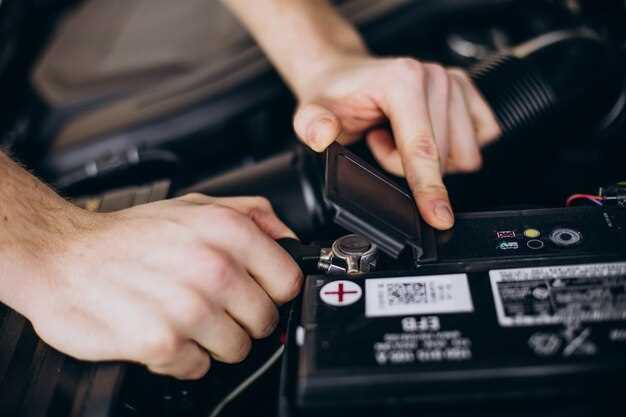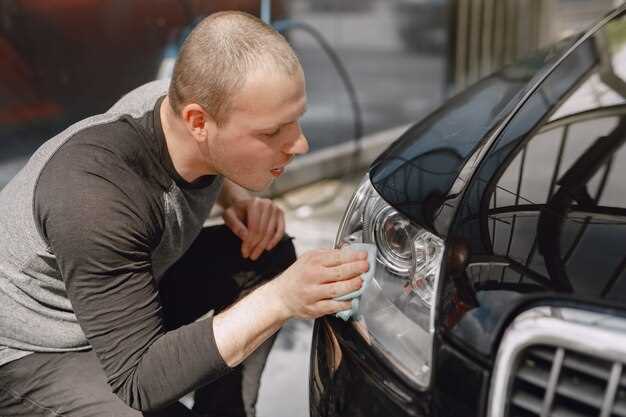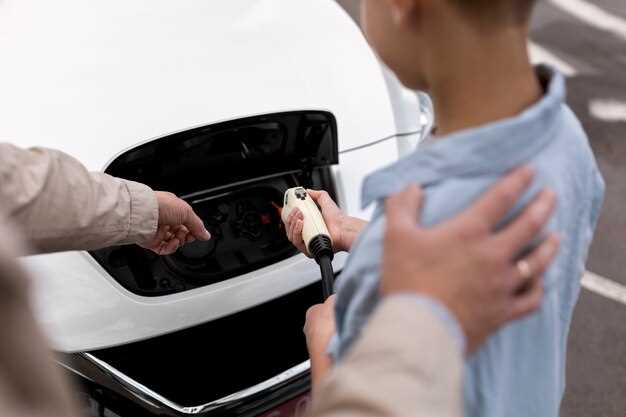
Replacing the battery in your BMW can seem like a daunting task, but with the right knowledge and tools, it can be a straightforward process. A car’s battery is essential for starting the engine, powering electrical systems, and ensuring the overall functionality of your vehicle. Regular checks and timely changes are crucial to avoid unexpected breakdowns and maintain optimal performance.
When it’s time to change your car’s battery, safety should be your top priority. Proper precautions and understanding of the steps involved will ensure that the replacement goes smoothly and efficiently. This guide will walk you through the essential steps and considerations for safely changing your BMW battery, helping you to avoid common pitfalls and ensuring that your vehicle remains reliable on the road.
Whether you are a seasoned DIY enthusiast or a first-time car owner, following the correct procedure for battery replacement is vital. Not only will it save you time and money, but it will also give you peace of mind knowing that your vehicle is equipped with a full-functioning battery ready to tackle any journey ahead.
Choosing the Right Battery for Your BMW Model

When it comes to changing the battery in your BMW, selecting the right battery model is crucial for optimal performance and longevity. Each BMW model has specific power requirements, so it is essential to consult your owner’s manual or check with a certified dealer to determine the correct battery specifications.
Most BMWs utilize either lead-acid or AGM (Absorbent Glass Mat) batteries, with AGM being the preferred choice for many newer models due to their superior deep-cycle performance and resistance to vibration. Ensure that the battery you choose matches the group size, which dictates the dimensions and terminal layout, for a proper fit in your vehicle.
Additionally, pay attention to the Cold Cranking Amps (CCA) rating; this measurement indicates the battery’s ability to start the engine in cold conditions. A higher CCA is typically better, particularly in colder climates. Also, consider the amp-hour (Ah) rating, which reflects the battery’s capacity to power accessories while the engine is off.
Lastly, choose a battery from a reputable manufacturer with a good warranty. This provides peace of mind and can save you from unexpected costs in the future. By ensuring the right battery is selected, you’ll enhance the reliability and efficiency of your BMW.
Step-by-Step Guide to Removing the Old Battery
Replacing the battery in your BMW is a crucial task to ensure your car continues to run smoothly. Follow these steps carefully to safely remove the old power source.
- Prepare Your Tools:
- Wrench or socket set
- Screwdriver set
- Safety gloves
- Safety goggles
- Ensure Safety First:
- Park your car on a flat, stable surface.
- Turn off the ignition and remove the keys.
- Wear safety gloves and goggles for protection.
- Locate the Battery:
- Open the hood of your BMW.
- Find the battery, usually located on one side of the engine compartment.
- Disconnect the Negative Terminal:
- Use a wrench to loosen the nut on the negative (-) terminal.
- Remove the cable and secure it away from the battery to avoid contact.
- Disconnect the Positive Terminal:
- Follow the same process for the positive (+) terminal.
- Ensure the positive cable is also moved away from the battery.
- Remove Any Battery Hold-Downs:
- Check for any brackets or hold-downs securing the battery in place.
- Use your wrench or screwdriver to remove them carefully.
- Lift Out the Old Battery:
- With the terminals disconnected and hold-downs removed, carefully lift the battery out of the compartment.
- Use both hands and be mindful of the weight.
Completing these steps will allow you to safely remove your old BMW battery, paving the way for a successful battery replacement.
Properly Installing the New Battery and Testing Car Power

After successfully removing the old battery from your BMW, the next crucial step is to install the new battery. Begin by ensuring that the new battery matches the specifications required for your car model. This guarantees compatibility and optimal performance.
First, place the new battery in the designated battery tray, making sure it is seated securely. Align the positive terminal (usually marked with a +) and the negative terminal (marked with a -) with the corresponding cables from your car. Always connect the positive terminal first; this minimizes the risk of short circuits.
Once the positive cable is securely attached, proceed to connect the negative cable. Ensure that the connections are tight to avoid any loose contacts that could lead to power issues. After connecting both terminals, it is advisable to apply a thin layer of petroleum jelly on the terminals to prevent corrosion over time.
Now that the new battery is installed, it’s essential to test the car power. Start your BMW to check if the electrical systems activate smoothly. Observe the dashboard for any warning lights that may indicate issues with the battery or electrical connections.
For a more thorough test, use a multimeter to check the battery voltage. A fully charged battery should read around 12.6 volts or more while at rest. If the voltage is below this range, it may indicate insufficiently charged battery or other underlying issues. Additionally, consider checking the alternator’s output while the engine is running; it should read between 13.7 to 14.7 volts, confirming that the battery is being charged correctly while the car is in operation.
Following these steps will ensure that your new battery is not only installed correctly but also functioning effectively to provide reliable power for your BMW.
